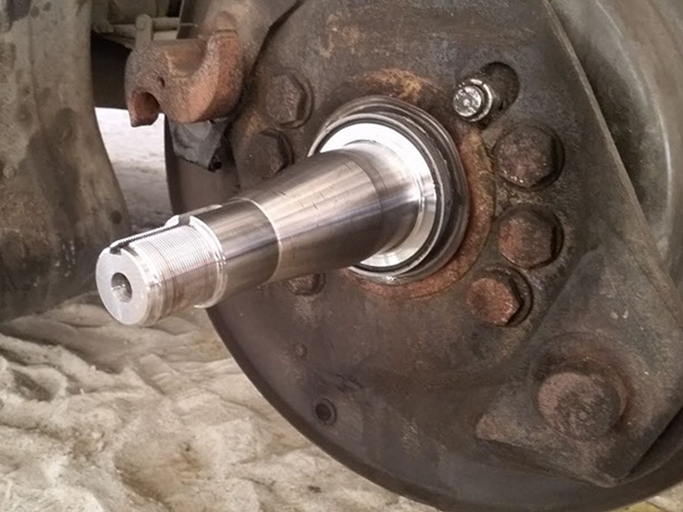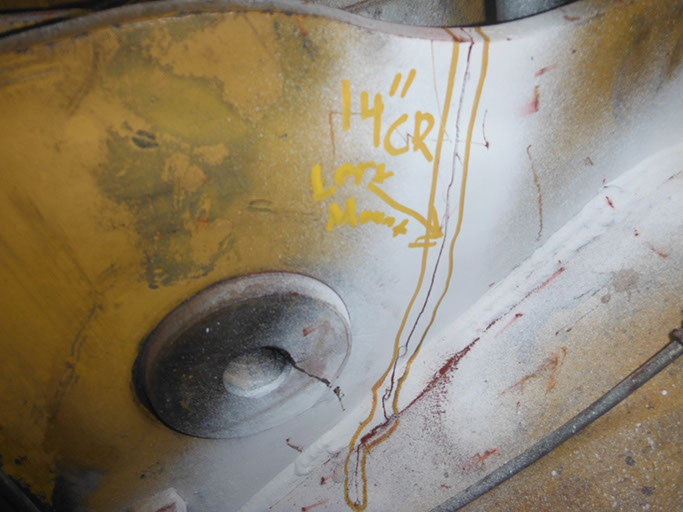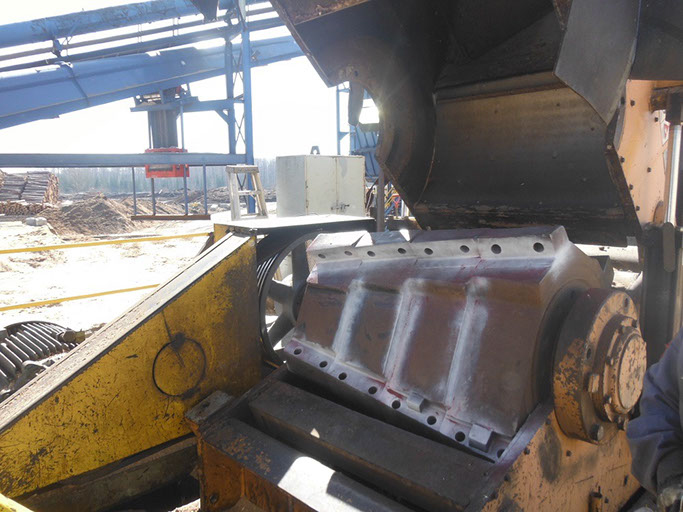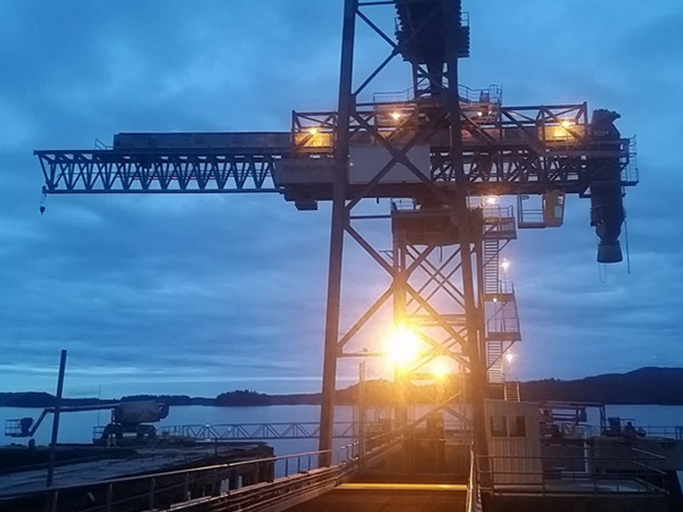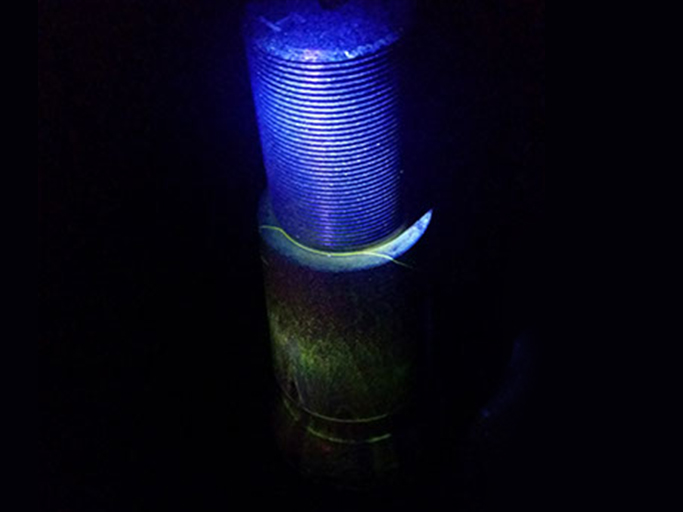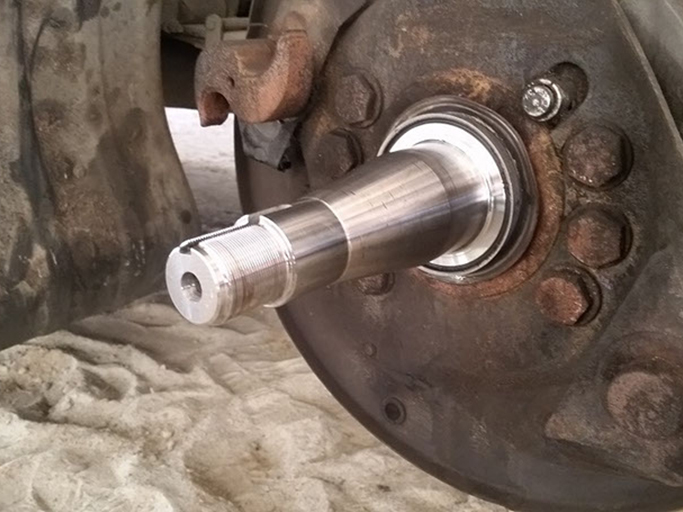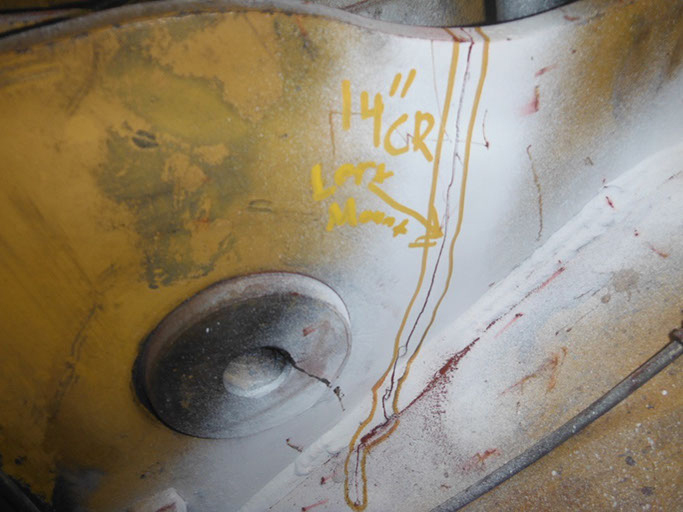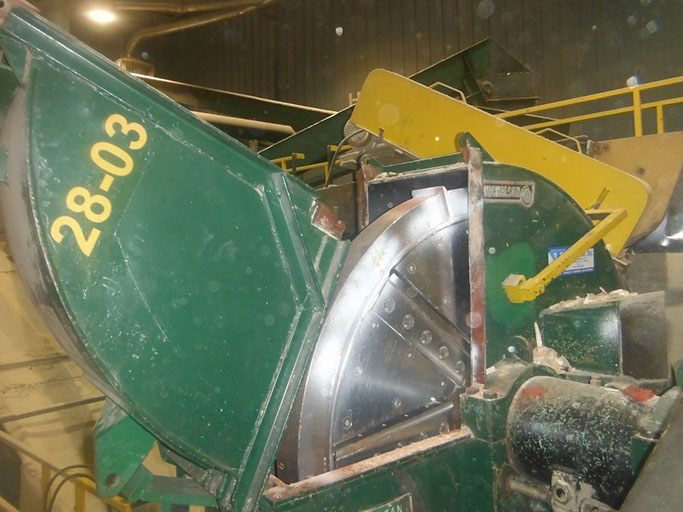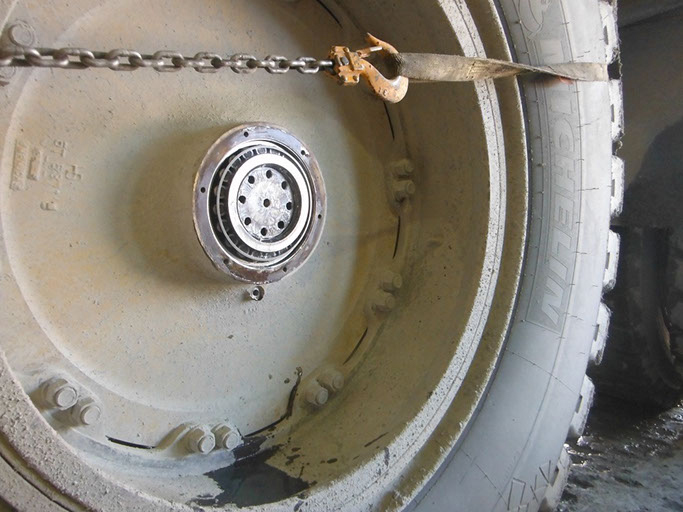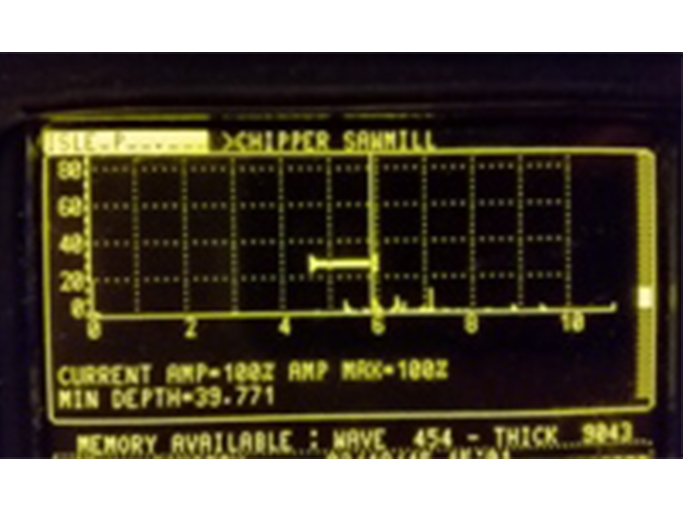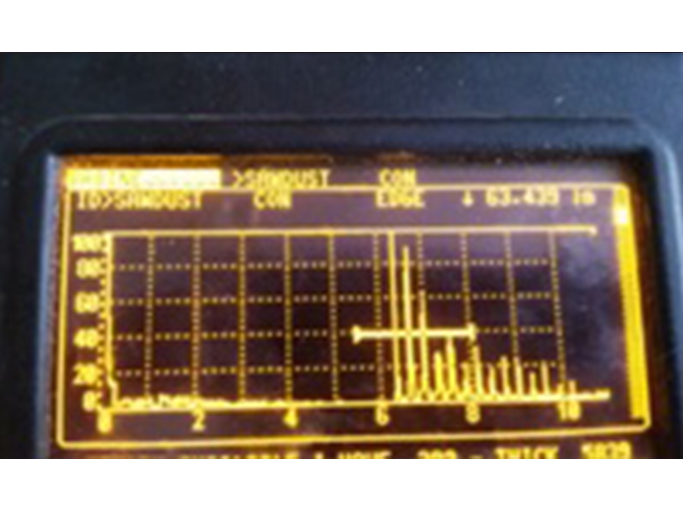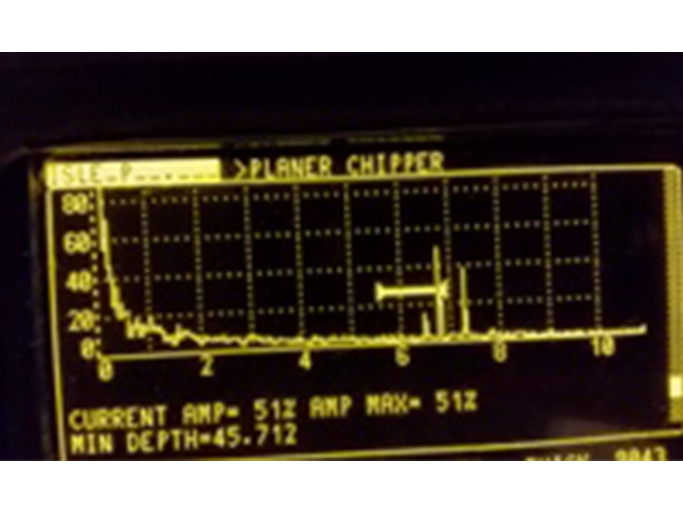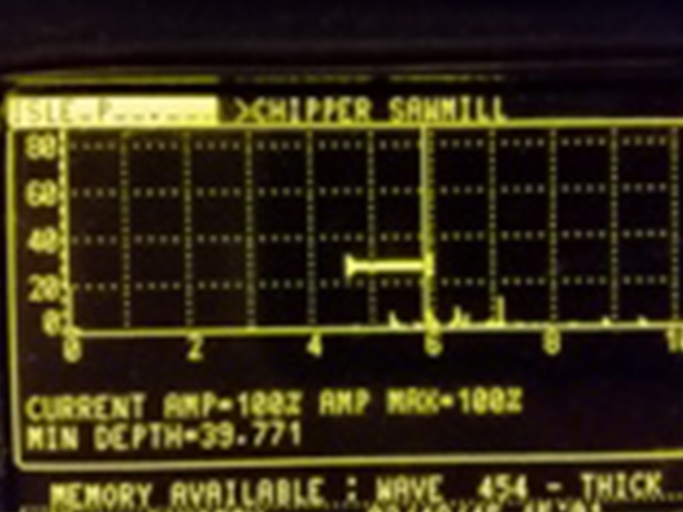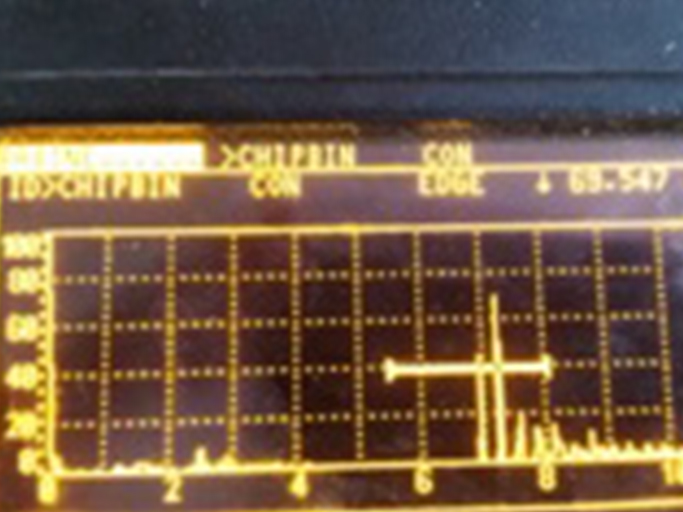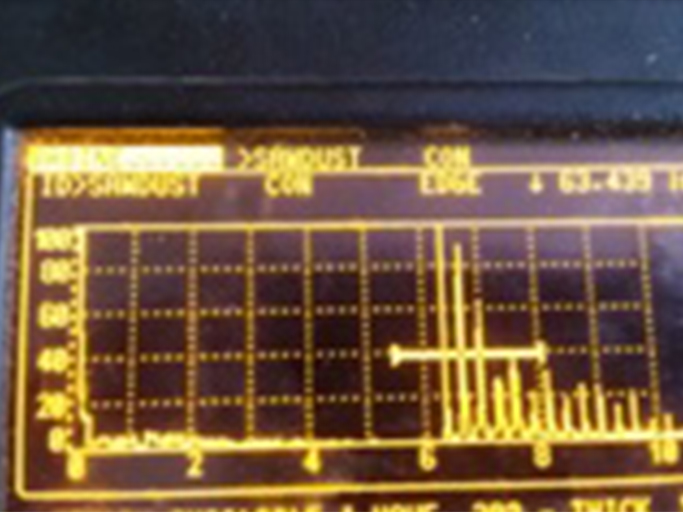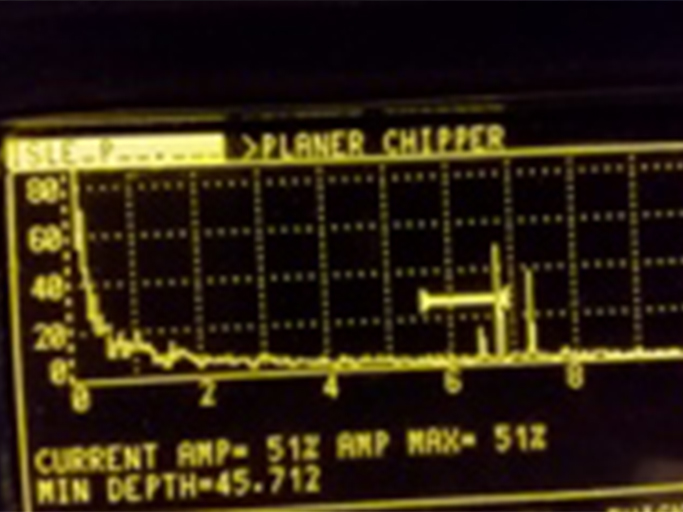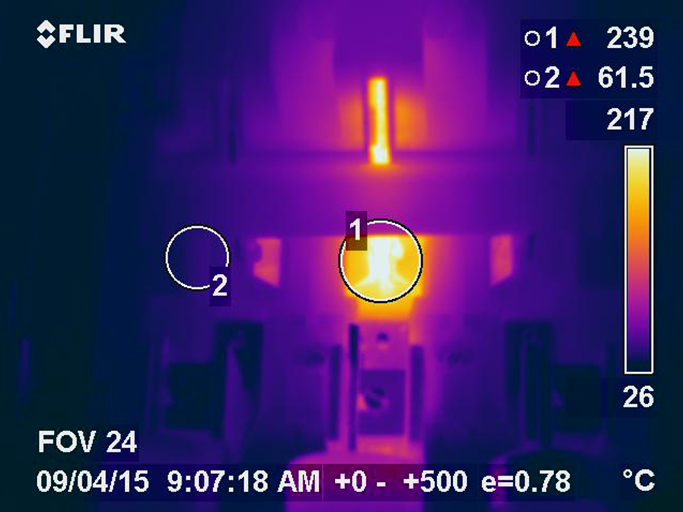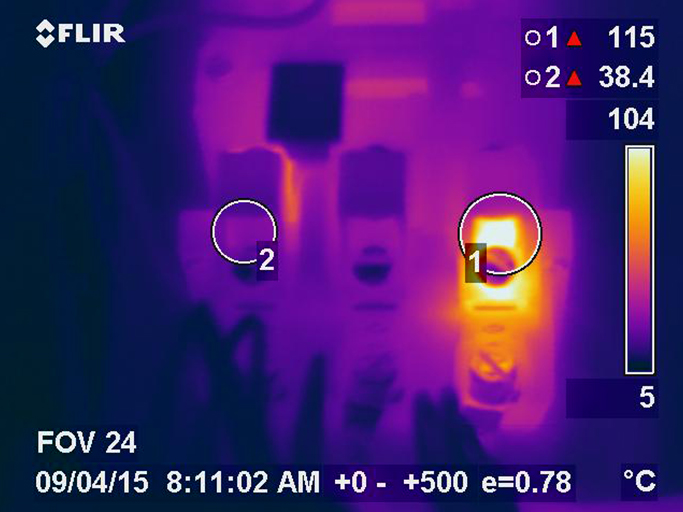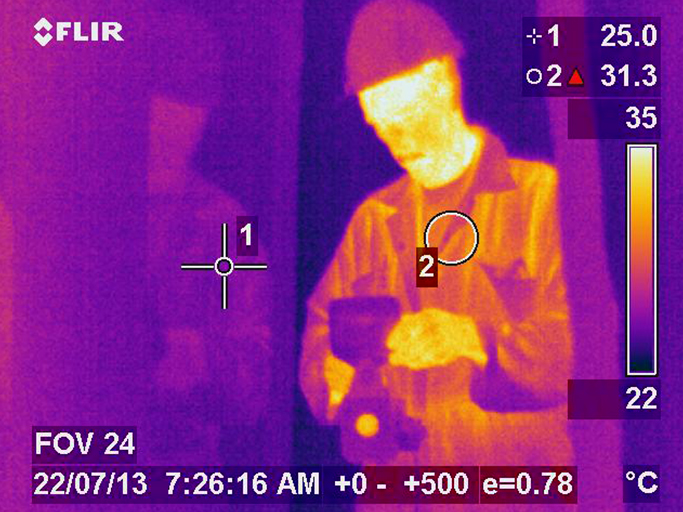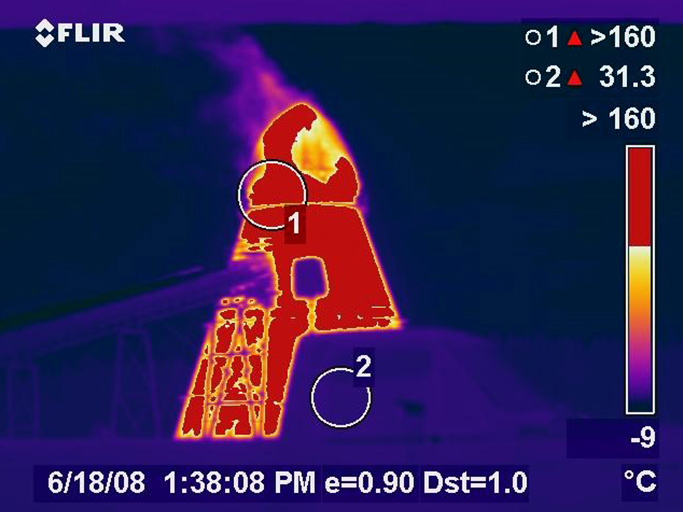Non-destructive testing is an analysis technique used to evaluate the properties of a material, component or system without causing damage. NDT can save both money and time in product evaluation, troubleshooting and research because it doesn’t permanently alter the article being inspected. AIRYD NDT specializes in ultrasound, magnetic particle and liquid penetrant. We also use infrared scanning and vibration analysis to evaluate and troubleshoot an issue.
MAGNETIC PARTICLE
This testing can reveal surface and some sub surface defects within a part. It is used on ferrous materials and involves the application of fine iron particles (either liquid or dry dust) that are applied to a part while it is in an externally magnetized state. The particles will be attracted to leakage fields within the test object, and form on the objects surface, exposing any imperfections. This method is primarily used on surface cracks and welds on structures, vessels or equipment.
LIQUID PENETRANTS
This method involves using fluorescent or non fluorescent dyes for non-magnetic materials, usually metals like aluminum, copper and stainless steel. Liquid penetrant exams check for material flaws open to the surface by dropping very thin liquid into the flaw and then drawing the liquid out with a chalk-like developer. Welds are the most common item inspected, but plate, bars, pipes, castings, and forgings are also commonly inspected using liquid penetrant examination. This method can be used with mine rescue equipment, piping at oil and gas refineries, shafts, man baskets, air plane landing gear mounts, boom mount aerial ladder trucks, and fire truck ladders.
ULTRASONICS
Ultrasonic Inspection is a very useful and versatile NDT method. Ultrasonic Testing (UT) uses high frequency sound energy to conduct examinations and make measurements. It can be used for flaw detection/evaluation, dimensional measurements, material characterization, and subsurface discontinuities.
We use ultrasonic testing with weld inspections to check thickness measurement of pressure vessels. In the mining industry this method has been used for looking evaluating material loss, erosion and corrosion, in addition to finding cracked ball studs on haul trucks. In forestry, cracks on tool holder arms shafts on debarkers and flaws in sawmill equipment have been found.
INFRARED SCANNING
Save time and money and reduced downtimes by having an infrared electrical inspection. In electrical systems, high temperatures indicate excessive electrical resistance, failing components, ground faults, short circuits or other common problems in electric equipment that can lead to expensive or even catastrophic failures. We can assess electrical problems before they happen.
Infrared Testing, or infrared thermography, is used to measure or map surface temperatures based on the infrared radiation given off by an object as heat flows through, to or from that object. The majority of infrared radiation is longer in wavelength than visible light but can be detected using thermal imaging devices, commonly called "infrared cameras. Used properly, thermal imaging can be used to detect corrosion damage, delaminations, disbonds, voids, inclusions as well as many other detrimental conditions.
VIBRATION ANALYSIS
All rotating equipment vibrates to some degree, but as older bearings and components reach the end of their product life they begin to vibrate more dramatically, and in distinct ways. Vibration analysis assists with early detection of mechanical fatigue and breakdown. Ongoing monitoring of equipment allows these signs of wear and damage to be identified well before the damage becomes an expensive problem. Most commonly VA is used to detect faults in rotating equipment (fans, motors, pumps, and gearboxes etc.) such as unbalance, misalignment, rolling element bearing faults and resonance conditions.
Our CAT 2 Tech has condition monitoring programs that will save money on unexpected breakdowns, reduce maintenance cost and equipment downtime by detecting equipment faults. It allows for comprehensive monitoring of the machines’ health by developing a program or maintenance schedule.
Part of the vibration analysis is completing a balance/laser alignment. Laser alignment is the quickest and most accurate way of making two or more rotating shafts co-linear. Traditionally other methods and tools have been used such as calipers, dial indicators or straightedges. Laser alignment gives maximum precision, improving machine efficiency and in effect, higher productivity.
The AIRYD NDT analysis can identify problems that may occur in any of your machine’s components such as:
- Bearings
- Bearing housings
- Sheaves
- Belts
- Impeller wear
- Gears
- Couplings
- Shafts
- Foundations
- Bases
- Isolators
- Electrically induced problems and air/water flow related problems
Field projects we have been involved with include:
- Motors
- Compressors
- Generators
- Coupling assemblies
- Large ID fans
- Large bandmills
- Chippers
- Paper machine rolls
- Dryer cans
- Hammer mill
- Hogs
- Centrifuges
- Cement process separators
- Vertical pumps
- Cooling towers
- Boiler fans
- Inert gas fans
- And almost every other type of rotating machinery


